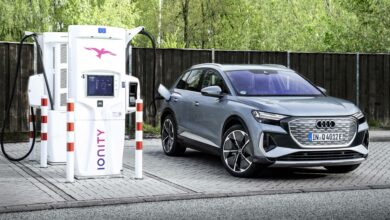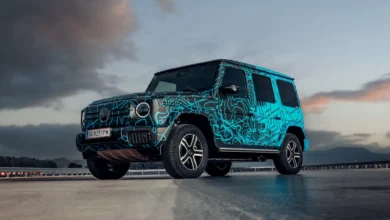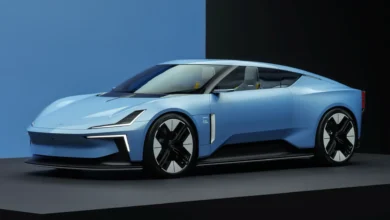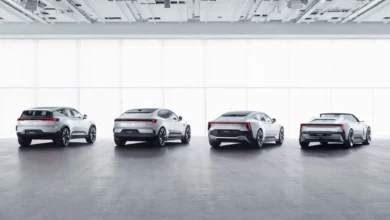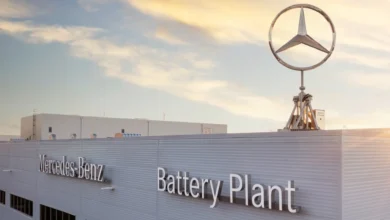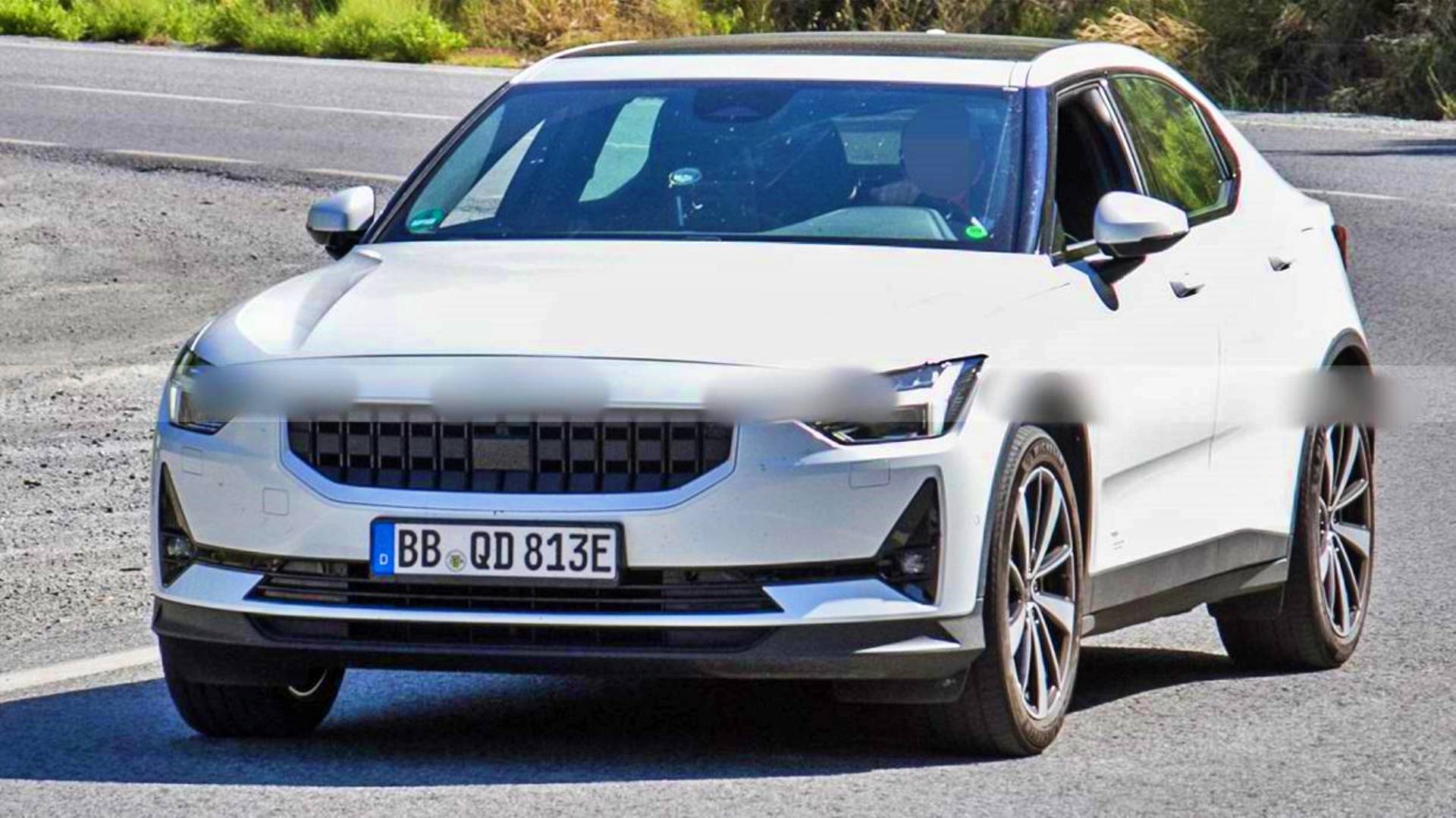
Within the automotive industry, it is quite common for manufacturers to acquire competing models during the development of their products to compare them, take references or even reverse engineer them to create a vehicle capable of outperforming its most direct rivals.
The case that we bring you today is a good example of these practices since the Polestar 2 that the article illustrates is being tested by Mercedes-Benz. How do we know? Because of the license plate, which is the one used by the German company in its test models. But why is the firm of the star interested in the saloon of Swedish origin?
Mercedes-Benz is currently developing a compact electric sedan to replace the CLA. This sedan, which will be based on the MMA modular platform, will be the first member of the new “Entry Modern Luxury” range, which will bring together future Mercedes-Benz models located in the C (compact) and D (medium) segments.
It is not yet clear if the new model will return to the CLA name (segment C) since for practical purposes it will also be equivalent to Class C (segment D); that is to say, like Polestar 2 itself, our protagonist will straddle two categories. For this reason, many rumors indicate that it will receive the name EQC Berlina, since the SUV with the same name will cease to be manufactured in the short term, being indirectly replaced by the EQB and EQE SUV.
The electric heir to the Mercedes-Benz CLA will be launched in 2024
From a technical point of view, the Mercedes-Benz EQC Berlina will take as its starting point the Vision EQXX prototype, which was recently able to exceed 1,200 kilometers of autonomy in real conditions. Among other things, it will incorporate an 800-volt electrical system compatible with ultra-fast charges in direct current.

According to an internal source from the manufacturer, the consumption of the new electric sedan will be “extremely low”, around 10 kWh/100 km. Depending on the battery chosen, the EQC Berlina will offer a range of between 650 and 850 km WLTP, surpassing rivals such as the BMW i4 or the Tesla Model 3 along the way.

This will be achieved without the need to use excessively large batteries, as it will be an extremely efficient and aerodynamic vehicle. The self-developed drive unit (eATS) will offer 95% efficiency, compared to the typical 80-85% of other electric models. To reduce weight, some parts of the chassis will be made from large cast structures.
